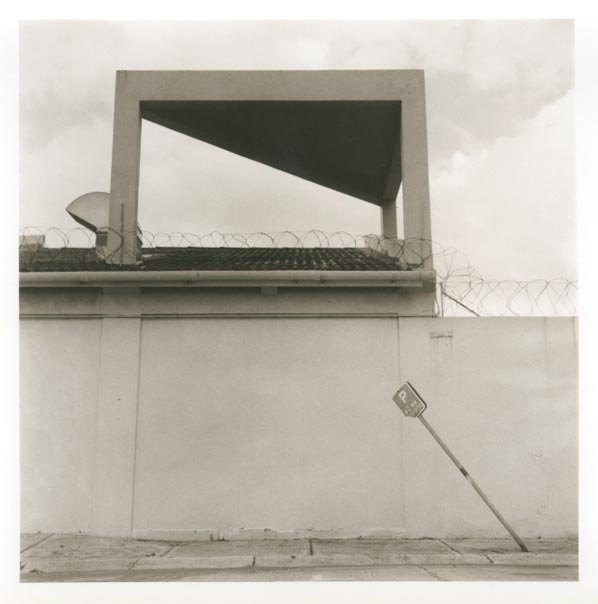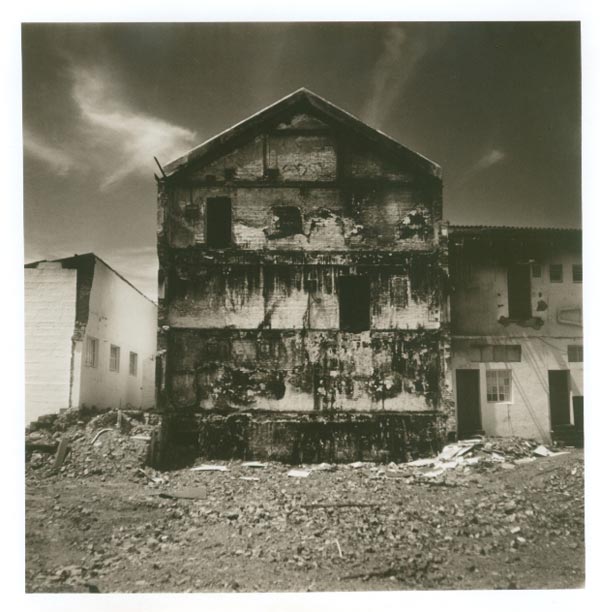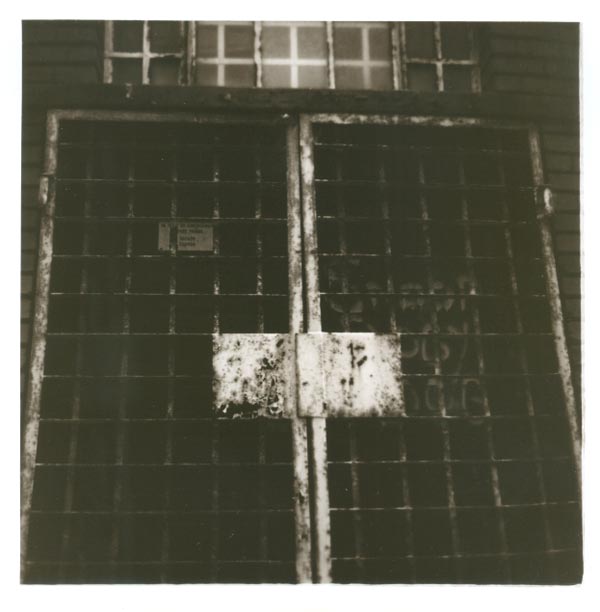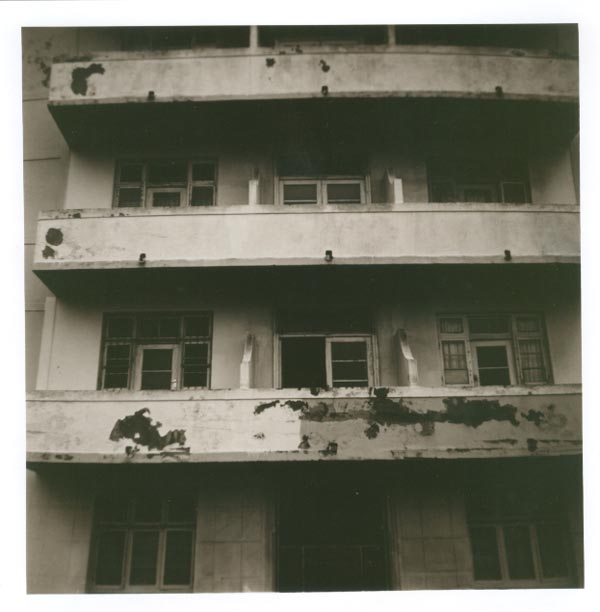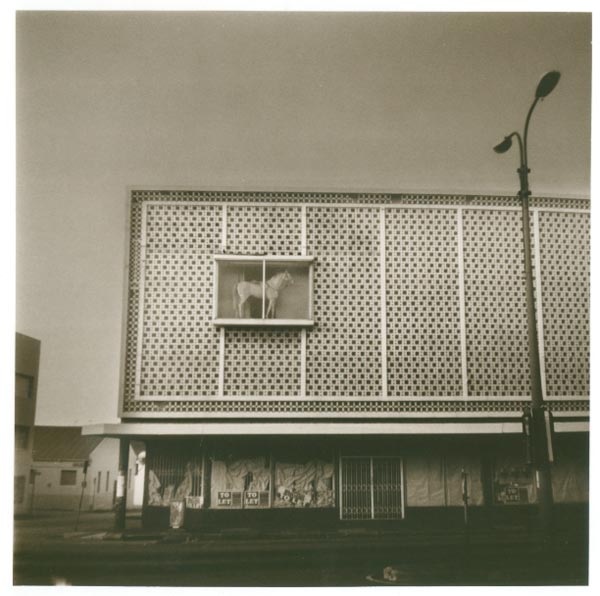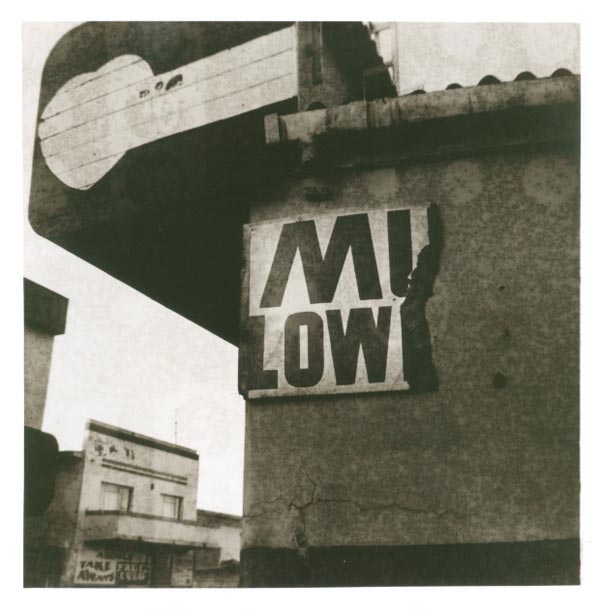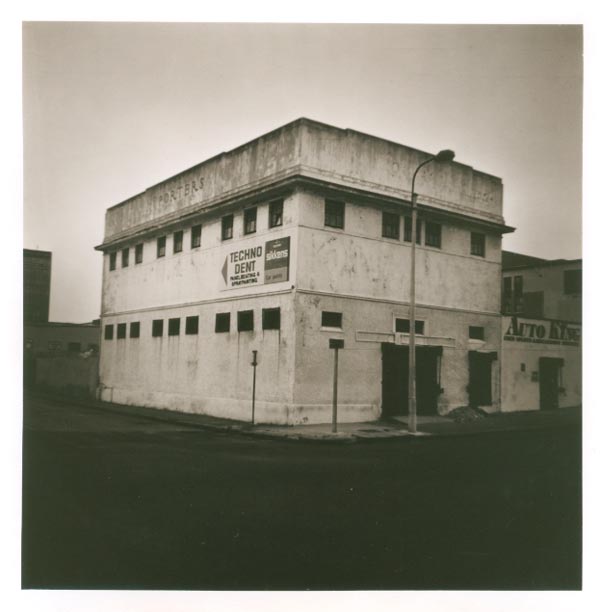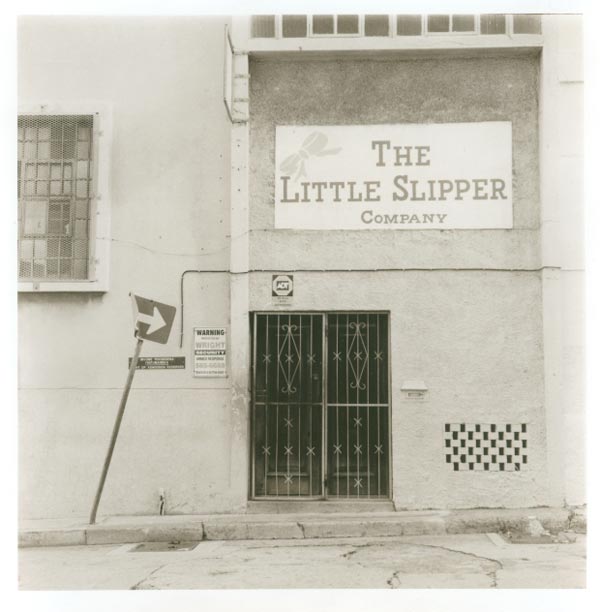Shift
The collection of photographic images I propose to bring to AK47.tv is a body of work within a much larger body of work dealing with the city of Port Elizabeth. Since my showing at the last MOP I have been collecting evidence, so to speak. The evidence provides clues as to both the history and the collective unconscious of the city I live in.
I have been focusing primarily on structures, signage and rituals. For example, I have photographed the life cycle of shopping centres, from birth to decay. These provide clues as to the shifting of economies within the city. I have photographed hundreds of signs of businesses, looking for clues into the manner in which the populace constructs names and claims ownership. I have documented the last standing houses of the Red Location, the oldest structures in any township in SA. I have documented the graffiti on the cell walls in the old post office, where BJ Vorster and later Steven Biko were incarcerated, as well as the decay of Biko House, where he received the beatings that led to his death. I have photographed the annual ritual of the black residents of the city that takes place on New Years Day, as well as the weekly ritual of church fetes in the white community. Added to this are the churches themselves (usually face-brick); the nomenclature of blocks of flats and townhouses, as well as the structures themselves; the highly creative nomenclature of taxis (Death Row, Lethal Injection, Titanic etc); as well as the green belt around the river which runs through the city forming huge cliffs flanked by beautiful forests.
I have also, to a lesser extent, photographed people: Construction workers who built the road outside my house, for example. I am about to begin work on a rather unusual subculture: The Poodle Owners of Central. (Central being the oldest part of the city and the only suburb that is racially mixed.)
Some of these bodies of work are complete. Some, like the taxis, I have only just begun. Some are nearing completion, and some, like the names of flats and businesses, seem as if they will never be complete.
However, the one I wish to bring to AK47 is complete, and, along with the images dealing with Biko, forms the nucleus around which all the others oscillate. It deals with the shift that has taken place in the city centre: How decay has set in to structures with the exodus of white money, and how, on the other hand, a huge influx of residents of the townships has reclaimed it as a part of Africa once again, and it throbs with sound and energy.
This situation is not dissimilar to what has taken place in most city centres in South Africa and the United States: a shift of business and money to the white suburbs leaves behind what is perceived as a decaying urban centre riddled with crime. In Port Elizabeth and East London in particular, this is an interesting narrative to deconstruct.
About Tim Hopwood
I have been a photographer for fifteen years. For much of this time I have lived and worked in the Eastern Cape. Four years were spent in Cape Town. For four years I was a lecturer at the Port Elizabeth Technikon, where I initiated their Fine Art Photography course. The last four years have been spent working free-lance for the Sunday Times, and concentrating on my own personal work. I have held seven solo exhibitions, in Cape Town, Port Elizabeth and Grahamstown, and been involved in more than 30 group shows in various parts of South Africa. My work has been selected for many awards, like the ABSA Attelier, the Brett Kebble Awards, and the Sasol New Signatures.
I have also made a documentary film on Port Elizabeth, and have initiated many audio-visual shows with local musicians, where 16mm film and slides are used to create an alternative performance space for them. Much of my own personal work deals with the city of Port Elizabeth, its socio-economic realities, the physical structures it creates, and the social rituals enacted by its inhabitants. I see my role to be a gatherer of physical evidence.

